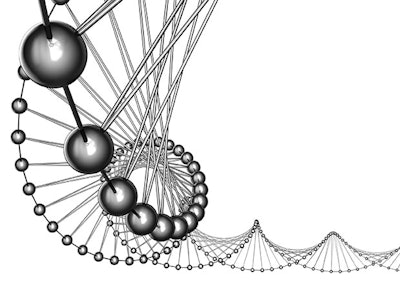
The discovery of 4,300 previously undetected genes in the chicken genome could improve broiler breeding.
“Recent research using population resequencing data found that the core genome of chickens is only 76% of the genome, which puzzles us because it seems to be inconsistent with the status of chickens in evolution. As the most abundant class of tetrapod vertebrates, birds have not yet had a de novo pan-genome established, which is essential to solve many biological questions,” wrote the authors of the study published in Molecular Biology and Evolution.
The international collaboration featured researchers from China, the U.S., Thailand, Bangladesh, Canada and Denmark.
Next generation sequencing for a more complete chicken pan-genome
The research project performed next generation DNA sequencing of 20 chicken breeds from around the world to create a more complete chicken pan-genome, which incorporates the entire set of genes in a species. This identified 1,335 new protein-coding genes and 3,011 new long noncoding RNAs, which were present and expressed in most chicken breeds.
Most of the newly discovered genes were found in areas of DNA with high proportions of tandem repeats, an area difficult for previous DNA sequencing techniques to detect.
Implications for chicken breeding
The findings add to the 17,000 coding and 13,000 non-coding genes that are already a part of the chicken reference genome. Coding genes create proteins that become the building blocks of cells and make up less than 1% of a genome, while non-coding genes instead produce functional RNA molecules. Non-coding genes were previously known as "junk DNA," however research has shown that many of these genes play an important role in gene expression.
“With the high recombination rate, the novel sequences may represent a large unexplored part of the chicken genetic map, which will contribute to the comprehensive understanding of the genetic variation and pinpoint the causal variations of important traits and thus promote the development of chicken breeding,” the authors said.
Notably, the study identified several new genes that are regulated by the NF-Κb signaling pathway, which is “essential in defense against viral infections, such as those caused by influenza viruses,” the authors noted, adding that this could have implications for better control of avian influenza in the future.
To learn more about HPAI cases in commercial poultry flocks in the United States and Canada, see an interactive map on WATTPoultry.com.
Read our ongoing coverage of the global avian influenza outbreak.


















